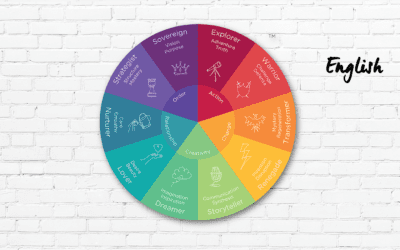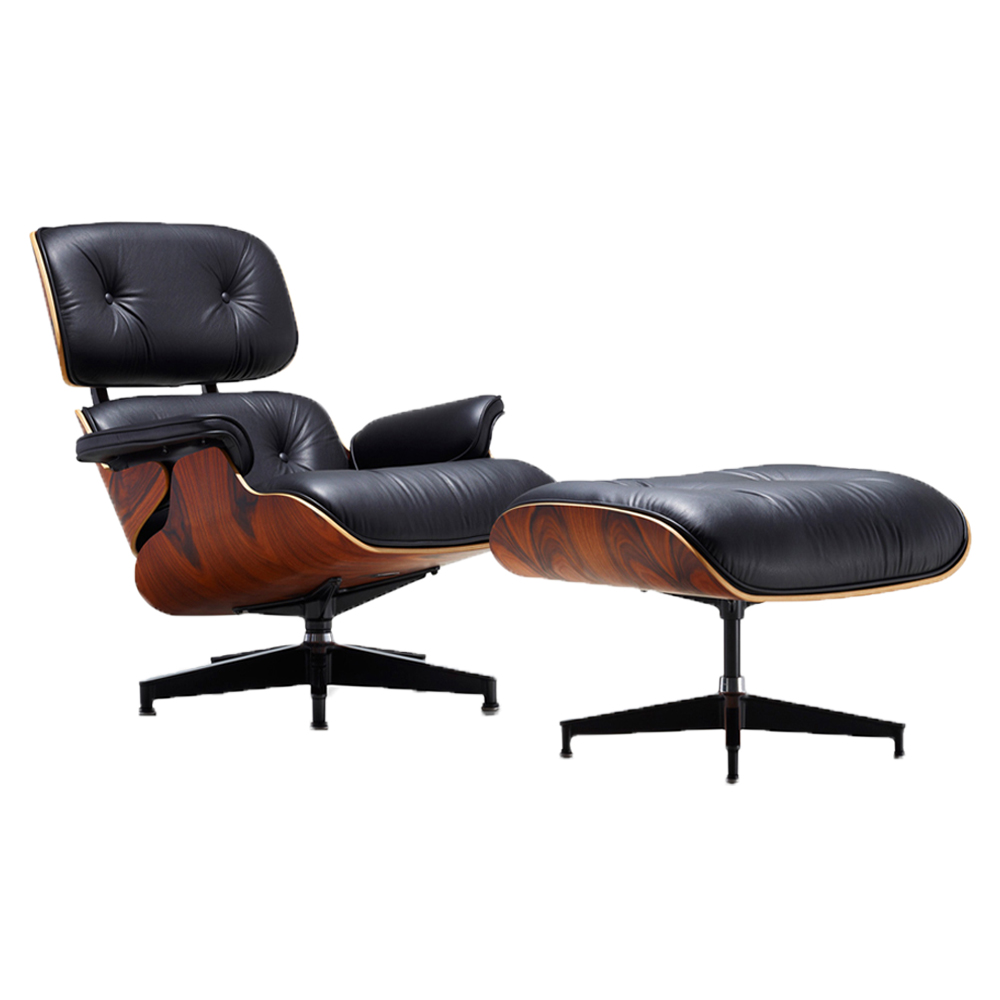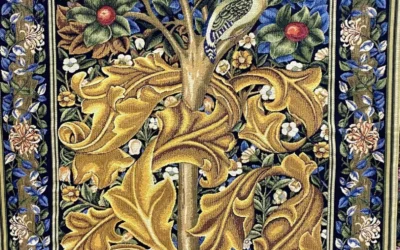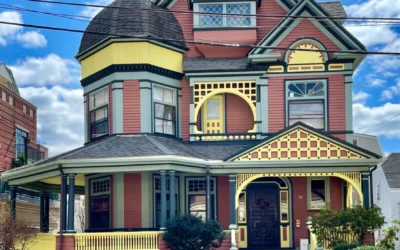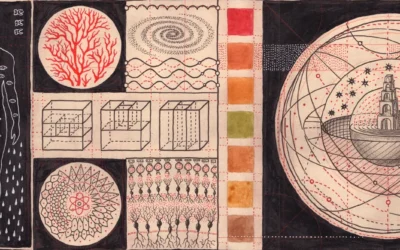Discover how Jung’s Jester archetype and the 12 archetypal patterns transform brand identity, from therapy practices to Fortune 500 companies. Learn practical strategies for authentic archetypal branding that bridges ancient wisdom with modern neuroscience.
Design Psychology: How Our Environments Shape Mental Health

Exploring the Intersection of Space, Aesthetics, and Psychological Wellbeing
Welcome to Taproot Therapy Collective’s exploration of how design choices influence psychological experience, from therapeutic office layouts to home environments that support mental wellness. Our design psychology content examines how architectural elements, lighting, textures, and spatial arrangements affect mood, behavior, and healing outcomes.
What You’ll Find in These Articles
Our design psychology articles explore how different environmental factors impact mental health, from the calming effects of natural light and biophilic design to how cluttered spaces contribute to anxiety and stress. We examine research on therapeutic environment design, the psychology behind color and texture choices, and how spatial arrangements influence social interaction and emotional regulation.
You’ll discover content on neuroarchitecture research showing how built environments affect brain function, cultural differences in design preferences and their psychological impacts, and practical applications for creating healing spaces. We also explore how digital design elements including user interfaces and social media aesthetics influence mental health and wellbeing.
Therapeutic Space Design and Healing Environments
These pieces connect design research with the therapeutic approaches detailed on our main services page, exploring how thoughtful space design enhances treatment effectiveness. From understanding how ceiling height affects creative thinking to examining how furniture arrangement influences therapeutic rapport, our content shows how environmental psychology informs effective mental health practice.
We examine evidence-based design principles for reducing anxiety and promoting calm, sensory considerations for trauma-informed spaces, and how accessibility features support inclusive mental health environments.
Birmingham Design Culture and Regional Aesthetics
Our articles often explore how Birmingham’s architectural heritage, natural environments, and design traditions influence local mental health and community wellbeing. We examine how Southern design elements support psychological comfort while addressing urban planning’s impact on mental health outcomes.
Contact Taproot Therapy Collective: 📍 2025 Shady Crest Dr. Suite 203, Hoover, AL 35216
📞 (205) 598-6471
🌐 www.GetTherapyBirmingham.com
🎧 Podcast: gettherapybirmingham.podbean.com
Discover + Heal + Grow with Taproot Therapy Collective – Birmingham’s resource for understanding how design choices impact psychological experience and therapeutic outcomes.
How to Pick a Therapy Chair for Your Psychotherapy Office
Design Psychology, Free Resources for Therapists in Private Practice, Therapy Resources, Tips and Tools
Why Design Psychology Matters Insights from 12 Mid-Century Modern Masters of Design The field of design psychology examines how the built environment shapes human behavior, emotions and well-being. From the layout of city streets to the furnishings in our homes, the designed world is a powerful yet often invisible influence on our inner lives. We have most of these chairs in our Hoover offices at Taproot Therapy Collective. If you are local you can come test them out. Nowhere is this more important than in spaces...
William Morris: Weaving the Threads of Myth into Design
Design Psychology, Psychology of Artists, Poets, and Writers, Symbolism and Meaning in Psychotherapy
Who Was William Morris? William Morris was a designer known for his exquisite tapestries depicting scenes from myth, legend and medieval romance. More than decorative objects, these woven works invite the viewer into a mesmerizing world of archetypes, hidden meanings and the unconscious stirrings of the soul. Morris's oeuvre exemplifies many of the insights of depth psychology - the recognition that powerful symbols, when engaged with imaginatively, can connect us to profound truths within the psyche. The Mythic...
Victorian Eclecticism: A Fusion of Styles
Design Psychology, Psychology of Buildings and Architecture
The Psychlogy of Victorian Eclecticism The Psychology of Victorian Eclecticism: A Fusion of Styles Victorian Eclecticism, prevalent during the reign of Queen Victoria (1837-1901), represents a period of architectural exuberance and diversity. This movement, characterized by its blend of various historical styles, reflects the complex social and cultural landscape of the 19th century. In this exploration, we'll examine the origins, characteristics, and psychological underpinnings of Victorian Eclecticism....
The Psychology of Design: How Our Spaces Reveal Our Minds
Design Psychology, Industrial Organisational Psychology, Psychology of Buildings and Architecture, Symbolism and Meaning in Psychotherapy
The Psychology of Design in America Design is more than just the way things look. Design is an alchemization of a culture's values, aspirations, anxieties and worldview at a particular moment in time. Like an anthropologist studying ancient ruins to understand a lost civilization, we can examine the designs of past eras to gain insight into the psyche of the society that created them. Every curve of a 1950s tail fin, every earthtone in a 1970s living room, every boxy black appliance of the 1980s was...

